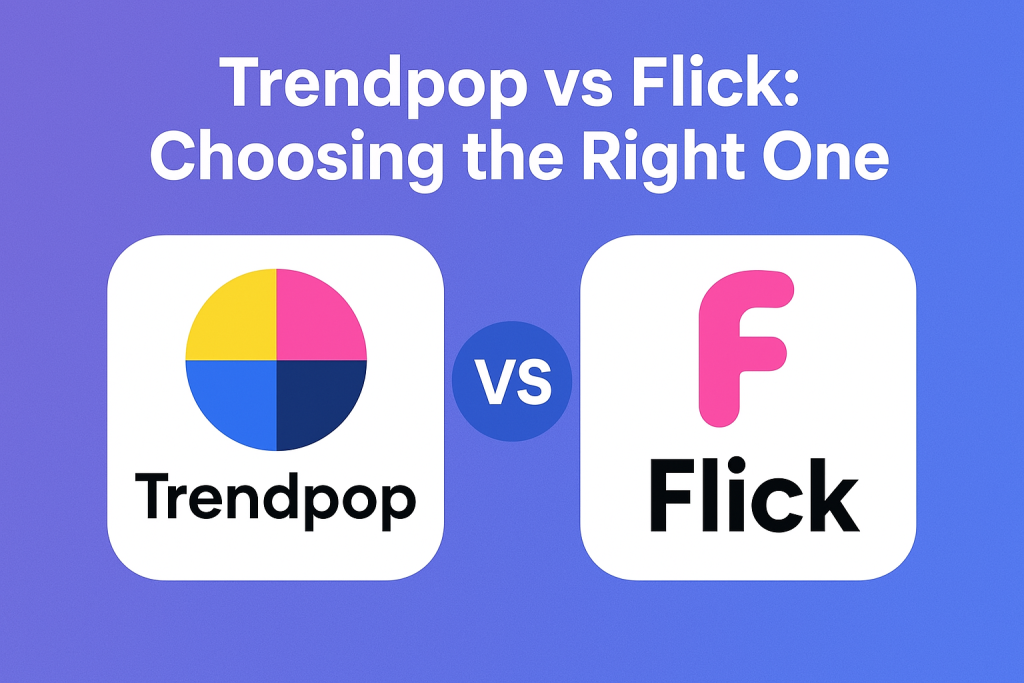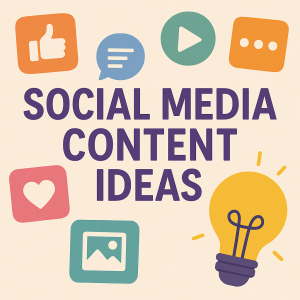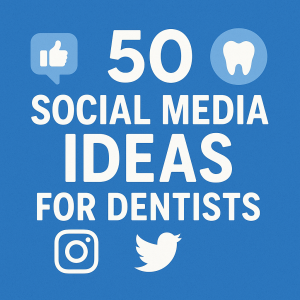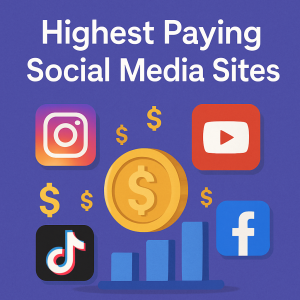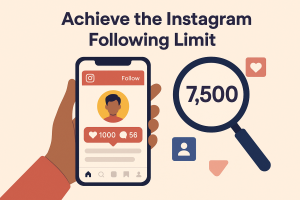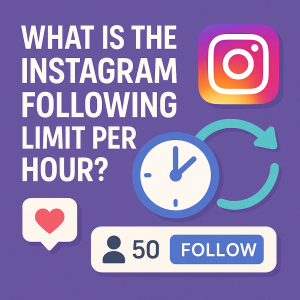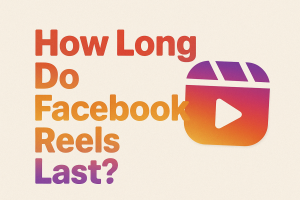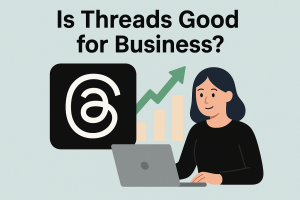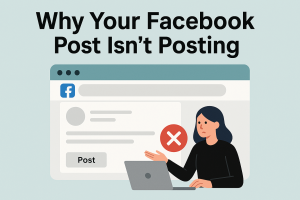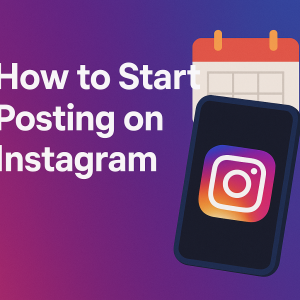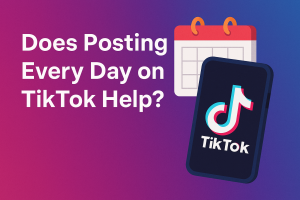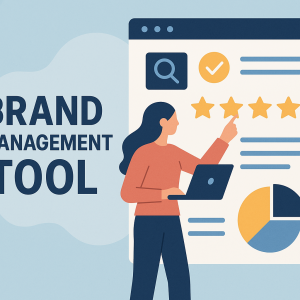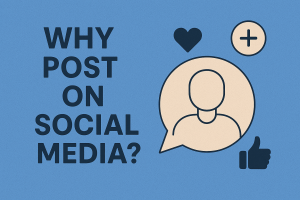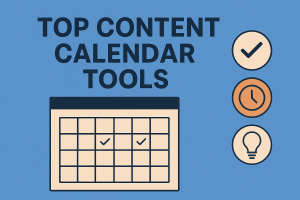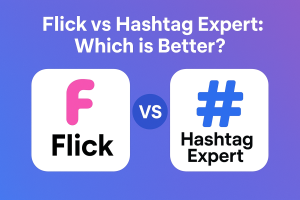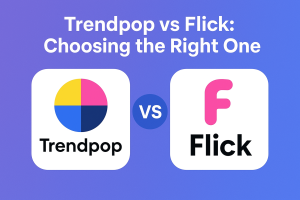Finding the best social media management tool can feel overwhelming. With so many options available, it’s hard to know which platform aligns with your goals. This guide breaks down two popular choices, helping you decide which solution fits your content creation, scheduling, and analytics needs.
Whether you’re an influencer, marketer, or business owner, both tools offer unique strengths. We’ll explore their user engagement features, pricing models, and customer support quality. Real-world examples and updated data ensure you get practical insights without the jargon.
Why does this matter? The right platform saves time, boosts creativity, and improves your marketing strategy. Free trials let you test-drive features risk-free, while side-by-side comparisons highlight what each tool does best. Let’s simplify your decision-making process!
Key Takeaways
- Compare core features like analytics tools and scheduling capabilities
- Evaluate customer support quality and pricing flexibility
- Identify which platform suits influencers, businesses, or casual users
- Leverage free trials to test usability before committing
- Discover how each tool handles multi-platform content management
- Learn which option aligns with specific creative workflows
Introduction to Trendpop and Flick
Brands today face a pivotal choice in managing their digital presence. Social platforms demand more than casual posting—they require strategy, consistency, and smart management. Let’s explore how modern tools evolved to meet these needs.
An Overview of the Social Media Landscape
Social media has shifted from simple status updates to complex campaigns. Platforms now prioritize video, real-time engagement, and measurable results. Over 60% of marketers say analytics drive their content decisions, according to a 2023 industry report.
This change sparked tools that handle scheduling, analytics, and audience growth. What began as basic hashtag trackers now offer:
- Cross-platform content calendars
- AI-powered performance predictions
- Competitor benchmarking
Background and Context for the Comparison
Both tools emerged as leaders in streamlining workflows. One focuses on visual-first brands, while the other excels in data-driven features. Their ratings reflect strengths in different areas:
| Feature | Visual Brands | Data-Driven Teams |
|---|---|---|
| Content Libraries | ✅ Unlimited storage | ✅ 500GB base plan |
| Analytics Depth | Basic metrics | Custom reports |
| Team Collaboration | 3 seats included | 5+ seats |
For business accounts, integration with your website CMS matters. Free trials let you view these features firsthand before committing. Up next: we’ll break down how each platform handles creative workflows and customer support.
Key Features and Capabilities
Streamlining your social media workflow starts with choosing tools that match your operational rhythm. Let’s explore how modern platforms handle critical tasks like scheduling, analytics, and audience interaction.
Content Scheduling and Management
Efficient social media posts require more than calendar reminders. Top solutions offer bulk scheduling, drag-and-drop editors, and time-zone optimization. One user noted:
“Saving 10+ hours weekly through automated queues transformed how we manage campaigns.”
| Feature | Scheduling Efficiency | Multi-Platform Support |
|---|---|---|
| Bulk Uploads | ✅ 100+ posts/hour | Instagram, TikTok, LinkedIn |
| Draft Collaboration | Real-time feedback | Windows, Mac, Linux |
| Optimal Timing | AI-generated slots | Mobile app sync |
Analytics, Reporting, and Insights
Data-driven decisions separate guesswork from strategy. Platforms now track engagement spikes, follower growth patterns, and content shelf life. Custom reports help teams identify top-performing formats—videos outperform static images by 38% on average.
AI-Driven Content and Hashtag Tools
Machine learning elevates creative output. Features like Iris AI analyze trending formats while suggesting high-impact hashtags. These tools reduce research time by 60%, letting creators focus on storytelling.
Customer Engagement and Support Features
Quick response systems and 24/7 chat support keep campaigns on track. Multi-user collaboration allows seamless handoffs between writers, designers, and strategists. Free trials let teams test these workflows risk-free—a game-changer for startups refining their social media marketing approach.
Trendpop vs Flick
Choosing between top platforms often comes down to how their features align with your workflow. Let’s examine their core tools to see which solution simplifies your daily tasks.
Side-by-Side Feature Comparison
| Feature | Platform A | Platform B |
|---|---|---|
| Content Scheduling | Drag-and-drop calendar | AI time optimization |
| Analytics Depth | Basic engagement metrics | Custom report builder |
| AI Tools | Hashtag suggestions | Full caption generator |
| Pricing | $29/month (5 accounts) | $45/month (unlimited) |
| Integrations | Windows, Mac, Linux | iOS/Android apps |
Platform A shines for visual-heavy brands, offering unlimited media storage and template libraries. Its free version supports two social accounts—ideal for startups testing media marketing strategies. Users praise its Instagram-focused tools, with one noting:
“Our reels engagement doubled using their trending audio filters.
Platform B caters to data-driven teams. Its predictive analytics forecast post performance, while live webinars teach advanced tactics. Agencies appreciate cross-platform integrations, especially the seamless Mac-Linux compatibility for remote teams.
Both platforms offer 14-day trials—critical for testing content creation workflows. Consider your team size: solo creators may prefer simpler interfaces, while enterprises need granular controls for multi-account handling.
Practical Guides and Use Cases
Mastering social media tools requires hands-on strategies that work across devices. Let’s explore how to leverage free trials, integrations, and creative workflows to boost your efficiency.
Getting Started with Free Trials and Demos
Begin by signing up for free trials using your business email. Both platforms offer 14-day access to premium features like AI caption generators and analytics dashboards. Test post scheduling across Instagram and TikTok to gauge interface ease. One marketer shared:
“The demo’s drag-and-drop calendar helped us plan a month’s content in two hours.
Integrations Across Platforms
Sync tools with Windows, Mac, or Linux desktops via desktop apps. For mobile access, download the iOS app (optimized for on-premises iPhone users) or Android version. API integrations connect to CMS platforms, letting teams manage content from one hub. Always check pricing details for enterprise-level access.
Best Practices for Content Creation
Use AI tools to brainstorm monthly themes, then batch-create posts. Schedule them during peak engagement windows—early mornings and evenings perform best. Monitor analytics weekly to refine strategies. Tap into online support guides for troubleshooting API setups or collaboration issues.
| Task | Tool Tip |
|---|---|
| Hashtag Research | Use built-in generators |
| Team Workflows | Assign roles in settings |
| Cross-Posting | Enable auto-formatting |
Pro tip: Bookmark platform-specific tutorials to master advanced media management tricks quickly.
Conclusion
The right tool transforms how you connect with your audience. While one solution excels in AI-driven hashtag optimization and post management, another offers superior visual content libraries. Your choice depends on whether data depth or creative flexibility drives your social media strategy.
Key features include scheduling precision and analytics customization. Teams handling frequent media posts benefit from automated workflows, while creators value built-in design templates. Free trials let you test these capabilities risk-free.
Ready to boost your online impact? Get started today by exploring which platform aligns with your goals. Both options help brands publish smarter—tracking what truly engages their community.

